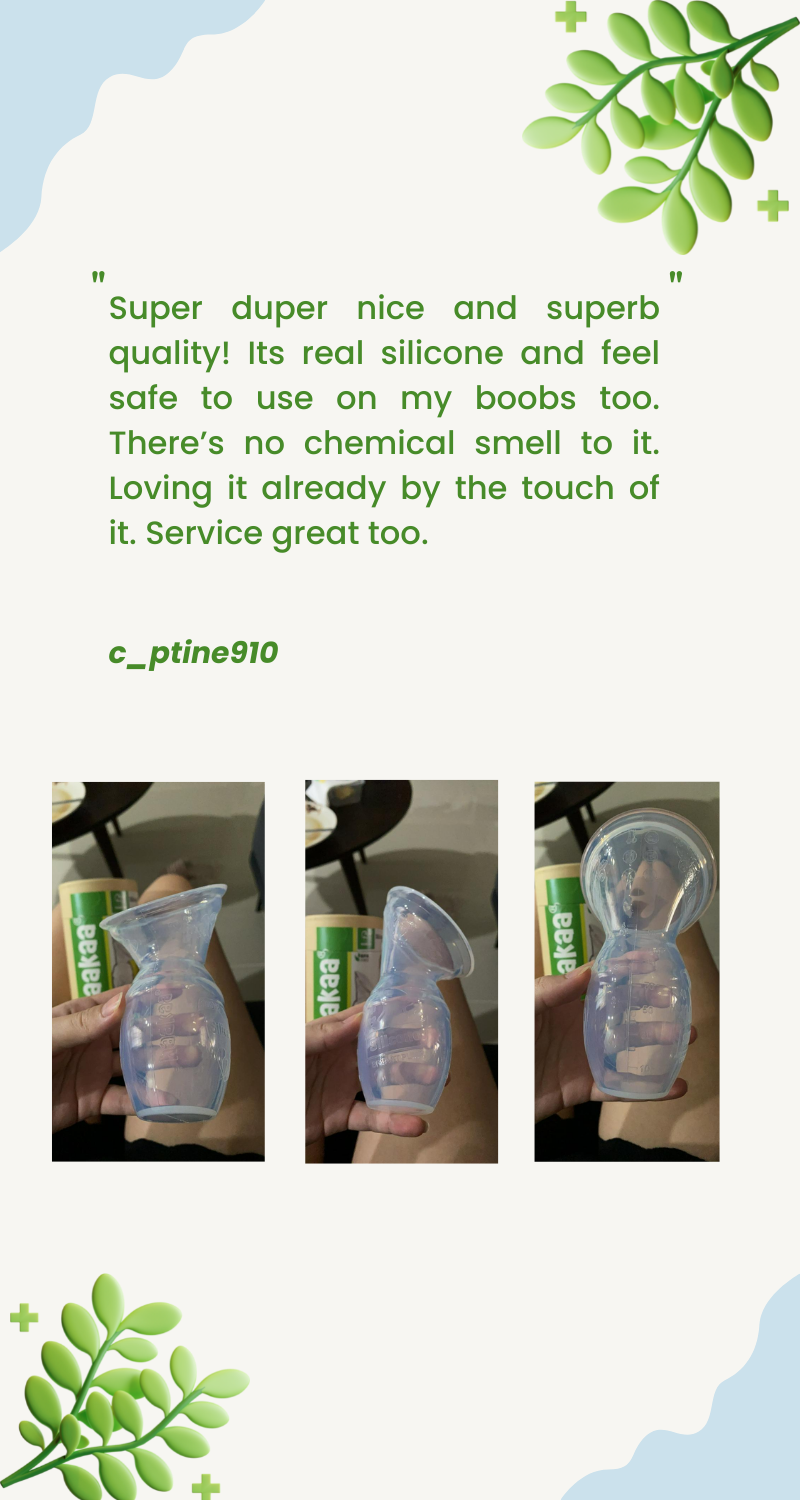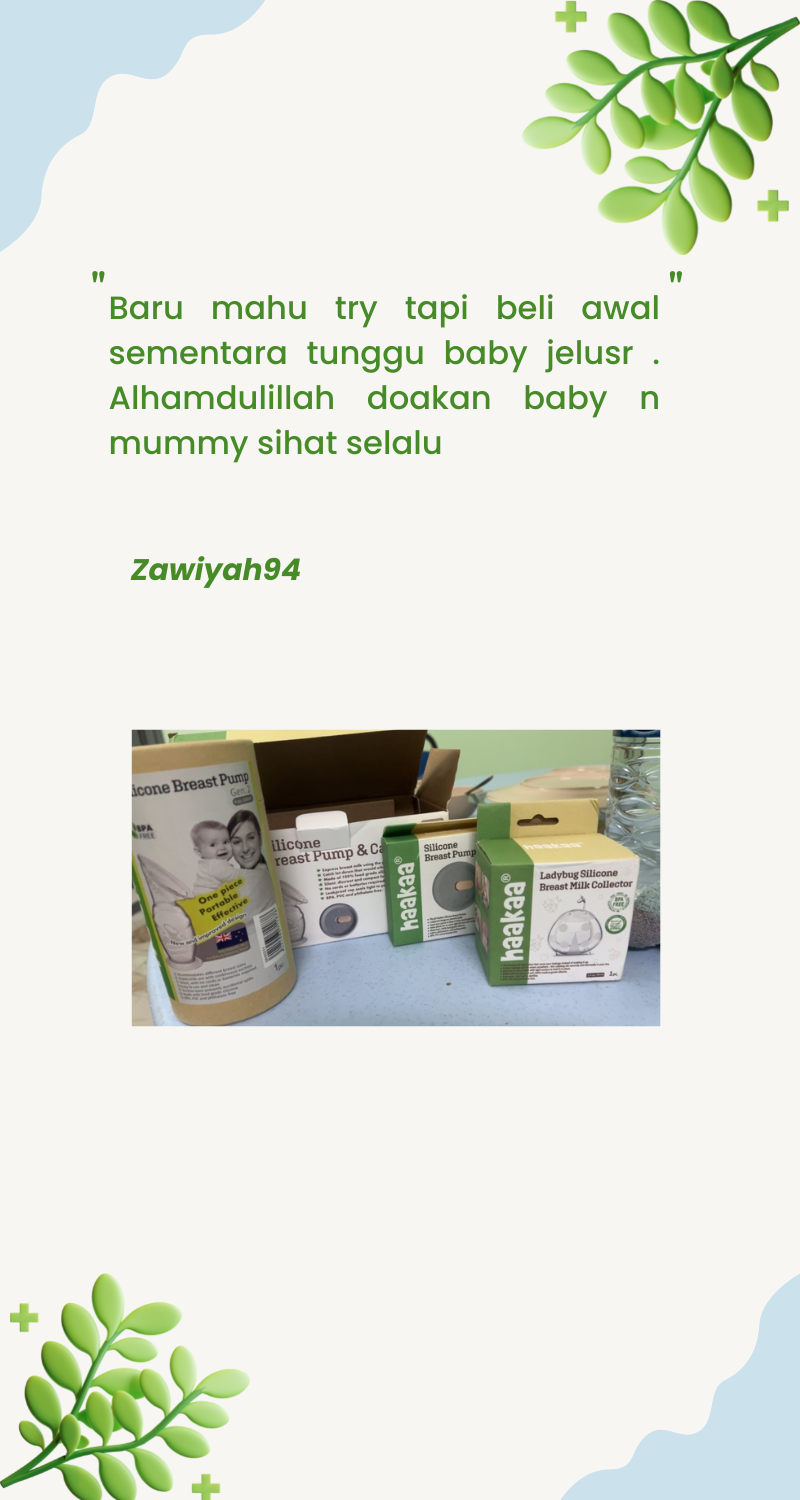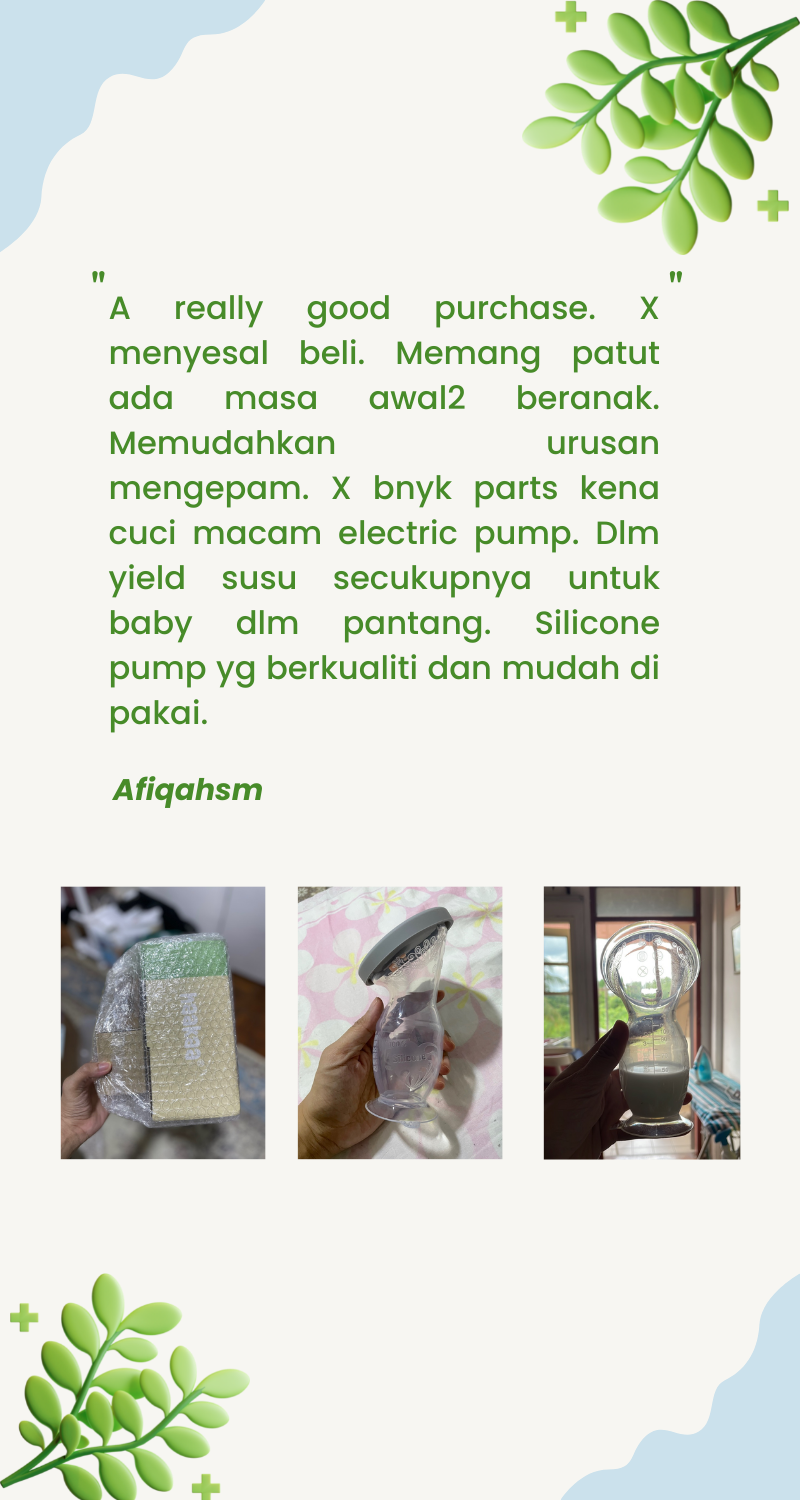Tips For Getting Your Baby To Take A Bottle

Written by midwife, perinatal mental health specialist and creator of Bumpnbub, Aliza Carr.
Most of the time, there is a large focus on breastfeeding and how we can encourage this biological process. But what about bottles, you may ask? This is SUCH a common question - there is not nearly enough information out there for mamas who bottle-feed their babes. A seamless transition from breast to bottle can be a challenging task! If you are thinking "how can I get my baby to take the bottle? They just keep "refusing", then this blog is for you! As a midwife, I support a wide range of women in their transition to motherhood and want to share my tips with you.
Every baby is different, and latching (bottle or breast) can take a little patience. A bottle-fed baby demands the same amount of nutrition as a breastfed baby, so it is essential to gain a good understanding on how to prepare formula, and when and how much to give. Your midwife can support you through this process and provide a thorough demonstration when you are in hospital. A specialised quota can guide you according to your baby's weight in the first few days. Following this, it is crucial to always follow the instructions of the formula tin.
If your bottle feeding journey starts a little later, seek medical advice from a GP or community nurse. Preparing formula is a vital step that should be done safely. Here are some key points to remember:
- Add formula powder to cooled, boiled water, following instructions on the tin. Shake well and test temperature.
- If your baby doesn’t finish all the formula, throw it away within one hour.
- If you need to prepare infant formula in advance, put it in the fridge within one hour of making it, and use within 24 hours.
If you are pumping mama, make sure you are storing the milk in the fridge or freezer safely! Each country has its own recommendations on how to do this.
Now onto the real chat! What tips can I give YOU to help bubba take the bottle better? This whole process really depends on trial and error. Sometimes the shape of the teat or bottle may affect how well your baby can suckle and retain the feed. Choosing the right bottle can be overwhelming because there are just so many out there on the market. Speak to friends and family about what worked for them. Haakaa has baby bottles made of glass or silicone and won't leach into milk. Take a look at the range here!
Trial and error with various teats and flows
Sometimes the teat of a bottle can flood your baby's mouth far too quickly and they can't keep up. Assessing the 'flow' of the bottle you are using can be a handy tip. Teats that release milk more slowly can mimic the way a baby breastfeeds - they have to work a little harder to get that milk. If your baby has previously breastfed, this could be the option for you. Through the 'slow-flow' teat, the milk is only extracted in small amounts so that the baby can 'keep up' and swallow more easily. Hospitals often have a variety of 'flows' for mamas to try and to accommodate premature babies!
If your babe is a pro at suckling one day and refuses the next day, try upping the flow of teat. They could be demanding more when they suckle, so you could try a teat that releases a 'faster flow' and gives milk more quickly. Your baby might also prefer this type of teat if you had a large breast milk supply and this is the speed they are used to.
Different bottles too!
The shape and width of bottles can often replicate the shape of mama's breast, which can be a great thing for those transitioning from breast to bottle. Haakaa's teats not only help to mimic a natural feeding experience, making them more readily accepted by babies, but they also feature anti-colic vents to help control the airflow in the bottle. This can help with minimising issues like gas, reflux and colic!
Finding that perfect feeding 'window'
In the first few weeks, your baby may not follow that typical 'feeding routine'. Stay in tune with what works for your baby and family, and capture that 'sweet spot' for feeding time. Newborns generally feed every 2- 4 hours (and can vary a lot)! Bubs should have minimum 8-12 feeds in a 24 hour period. By feeding frequently, you make sure that your babe is getting enough and remind them 'yep, it's that time again, I need that delicious goodness'!
When it's feeding time, it is important your baby is in a calm yet alert state. Mama, it can be heart-wrenching when your baby is screaming because they are hungry, but they won't take the bottle. A tip I have for calming your baby is to get them stripped down to the nappy. Place your baby on your chest skin-to-skin. Use calm tones and 'shhh' noises to settle them. Movement can help too! Once your baby is calm they will be more willing to feed (this is the same with breastfeeding as well).
A calm, alert and not overtired babe will take the bottle best.
Allowing someone else to give the bottle
You may think this tip is a little funny, but it's one of my most valuable. When your bub is being fussy mama, get someone else to give them the bottle. This is a great job for your partner to get that bonding experience. The reasoning behind this is because of your baby's five senses - more specifically, what they can hear, see, and smell. If you have previously breastfed, your baby is very familiar with how you sound, look and smell. Don't forget those nine months they spent inside hearing your heartbeat and voice! Your baby may associate these things with breastfeeding and refuse the bottle. By allowing someone else to give the bottle, their senses are reactivated, and they should be more willing to accept this new experience.
Remember they are still learning too. If they are used to the breast, the bottle can be foreign. Once they familiarise with someone else giving the bottle, they will reassociate their senses, and you can try giving the bottle yourself.
The environment
WHERE you feed your baby plays a part to this as well! Eliminating distractions is vital. You can try feeding in the same place every time so your baby knows its milk time! Before you begin, rock them and ensure they are calm. Familiarise them with the space. A quiet room works best as they can be more focused on feeding. Sometimes, I would even recommend mama leave the house and leave the feed to your partner. Again, this works with baby's five senses and them being so close to mama.
When your babe is still a newborn, a tight swaddle works well with bottle feeding. This allows you to get a good grip on babe, as well as keeping their hands out of the way.
Alternatively, if you have tried a focused and distraction-free approach with no luck, give the opposite a go! Feeding the baby whilst standing and rocking can provide that bit of distraction that makes them accept the bottle. They feed without even realising!
YOU have the power in YOUR journey, mama!
Your individual choice and your breastfeeding journey can have an influence on how well, and when these babies transition to bottle feeding. All mamas have a completely different story, and breastfeeding can be quite a tough gig. The nipple pain, mastitis, and sleepy mama/baby can be some of the reason mothers may want to try a bottle. This can happen at any time during parenthood. If you have breastfed before, and want to transition to bottle feeding, try some of these tips that mimic breastfeeding - you will notice your baby might prefer it.
I empower you, mama, to have the final say in your journey. Take advice from others; however, when it comes down to it, you have the intuition and strength to choose your own preference for your gorgeous baby.
Some other handy tips...
- Give your baby a little 'taste'. Drop some milk on the baby's lips. This may remind them of the sweet goodness that they are about to get.
- Wait for that big open mouth. Forcing the teat into your baby's mouth is going to cause them to spit it back up. Once they give that nice big mouth, putting the teat completely into their mouth can help them rhythmically suck.
- Try different positions! Again, if your baby has been breastfed, try and replicate this process. Have you tried nice and close, and cuddled? What about in the football position? If your baby is small enough, you can even prop them onto your knee and support them with your other hand.
- Another problem that mamas face is their baby not finishing the bottle. A way we can help this is by burping in the middle of the feed. This gives them a break and helps their little tummies.
I hope that some of these tips can help you when giving your babe a bottle. It can be a challenging process, but I promise, with perseverance and patience, it will happen. If you have any concerns or require additional assistance in giving your baby a bottle, seek medical advice from your GP or a community nursing service. All the best mama, motherhood is truly a crazy, yet wonderful experience - you've got this!







